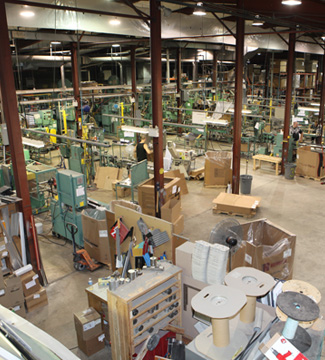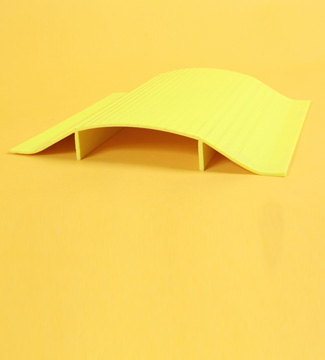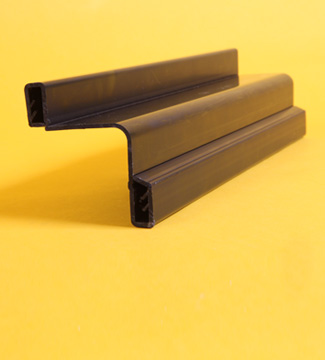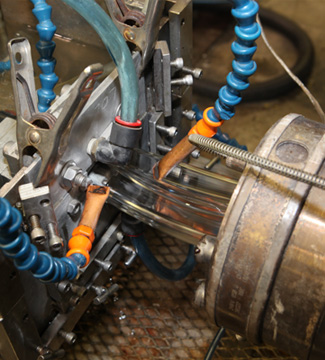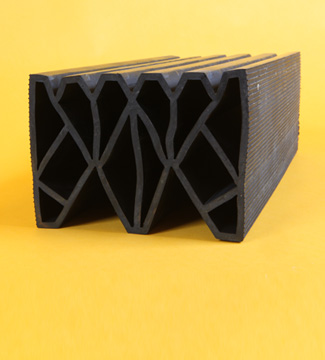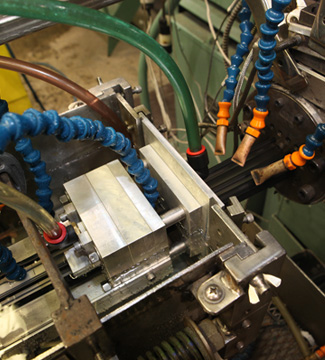| United Plastics Components Launches Video Click here for full article |
LDPE (Low Density Polyethylene)After its experimental preparation in the 1930s, the application in high frequency radar cables during World War II, gave impetus to its commercial production. This thermoplastic is available in a range of flexibilities depending on the production process. High density materials are the most rigid. The polymer can be formed by a wide variety of thermoplastic processing methods and is particularly useful where moisture resistance and low cost are required. Polyethylene is limited by a rather low temperature capability (200-250 F) but is manufactured in billions of pounds per year. Vinyl acetate can be copolymerized with ethylene. The resulting product has improved transparency over homopolymerized polyethylene because of a reduction of crystallinity in the copolymer. ADVANTAGES:
DISADVANTAGES AND LIMITATIONS:
Note:In general, high density grades of polyethylene have densities up to 0.97 g/cm^. Low density grades are as low as 0.91 g/cm^. Typically, the high-density material is more linear and consequently more crystalline. As might be expected, this higher crystallinity permits use at temperatures up to 130 C degrees with somewhat better creep resistance below that temperature. Low density polyethylene has less stiffness than the high density type. Blends of the two types are common. TYPICAL APPLICATIONS:Toys, utensils, films, bottles, pipe and processing equipment. Wire and cable insulations. Visit the IDES database for detailed specifications. |
|



